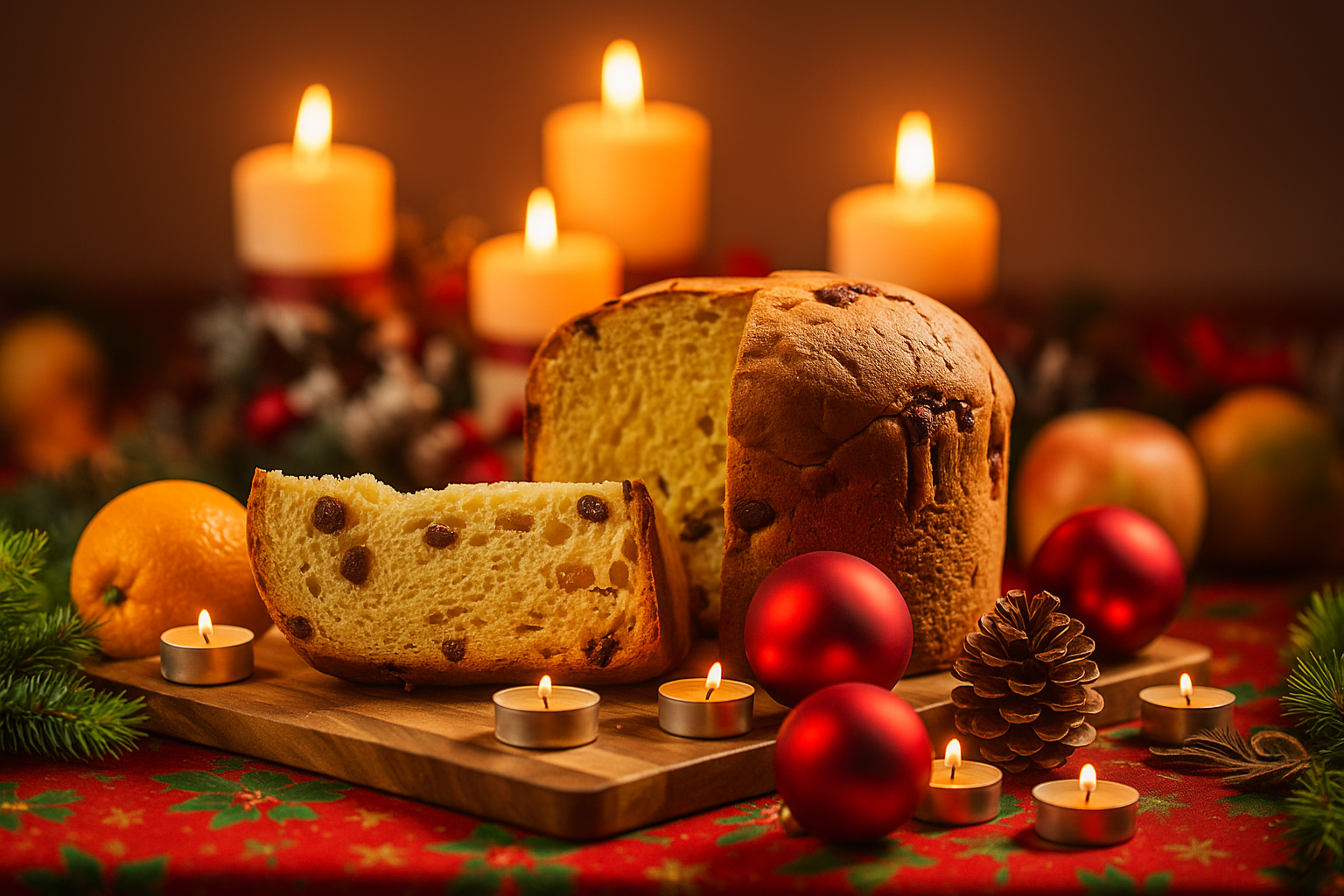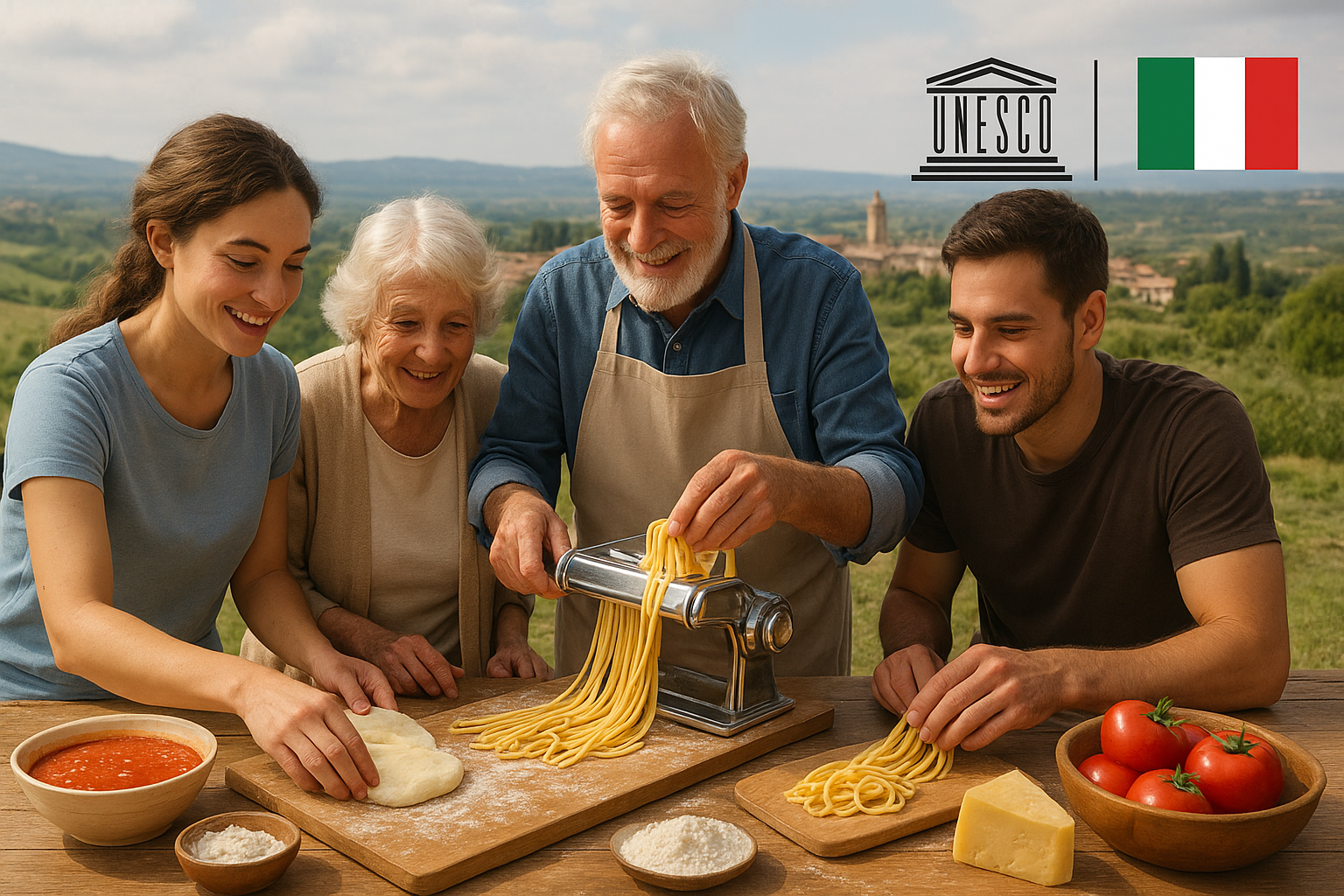
Italian cuisine is renowned for its rich flavors, regional diversity, and deep-rooted traditions. At the heart of this culinary heritage is pasta, a dish so integral to Italian culture that it has become a symbol of the nation itself. With over 350 distinct pasta shapes and an array of traditional sauces, Italian pasta offers an endless exploration of taste and texture. In this article, we will delve into the most popular pasta shapes and the authentic sauces that define Italian cuisine.
A Brief History of Pasta
The origins of pasta are often debated, with some legends suggesting that it was brought to Italy by Marco Polo from China. However, most historians agree that pasta was already being made in Italy long before his travels. The Etruscans and Romans are believed to have made pasta-like foods from durum wheat as early as the 4th century B.C. By the 13th century, pasta had become a staple in Italian cuisine, particularly in the southern regions where durum wheat was abundant.
Durum wheat, with its high gluten content, gives pasta its firm texture, allowing it to retain its shape during cooking and perfectly absorb sauces—a key aspect of Italian culinary excellence.
Popular Pasta Shapes and Their Origins
Italy’s regional diversity is reflected in the wide variety of pasta shapes found across the country. Each shape is designed to complement specific sauces, enhancing the overall dining experience.
1. Spaghetti
Spaghetti is perhaps the most iconic pasta shape worldwide. Originating in Southern Italy, particularly Naples, its name is derived from “spago,” meaning “string” or “twine.” The long, thin strands of spaghetti make it versatile enough to pair with a wide range of sauces.
Popular Sauce Pairings:
•Spaghetti alla Carbonara: A Roman classic featuring a rich sauce made from eggs, pecorino cheese, guanciale (cured pork cheek), and black pepper.
•Spaghetti al Pomodoro: A simple yet satisfying dish made with fresh tomatoes, garlic, basil, and olive oil.
2. Penne
Penne, meaning “quills” or “feathers” in Italian, is a tube-shaped pasta with diagonally cut ends. It originated in the Campania region and is popular throughout Italy due to its versatility.
Popular Sauce Pairings:
•Penne all’Arrabbiata: A spicy Roman dish made with a sauce of tomatoes, garlic, and red chili peppers, giving it a fiery kick.
•Penne al Pomodoro: A classic tomato sauce that highlights the simplicity and purity of Italian ingredients.
3. Fusilli
Fusilli is a spiral-shaped pasta that originated in Southern Italy. Its twisted shape allows it to hold onto sauces, making it ideal for thicker, more robust sauces.
Popular Sauce Pairings:
•Fusilli al Pesto: A classic Ligurian dish featuring a sauce made from fresh basil, garlic, pine nuts, Parmesan cheese, and olive oil.
•Fusilli alla Siciliana: A rich tomato sauce with eggplant, capers, and olives, showcasing the bold flavors of Sicily.
4. Fettuccine
Fettuccine, meaning “little ribbons,” is a flat, thick pasta that hails from the Lazio region. Its broad surface area makes it perfect for creamy and meat-based sauces.
Popular Sauce Pairings:
•Fettuccine alla Bolognese: A meat sauce made with ground beef, pork, tomatoes, and a touch of cream or milk, originating from Bologna.
•Fettuccine ai Funghi: A hearty dish featuring a sauce made from wild mushrooms, garlic, parsley, and a touch of cream.
5. Rigatoni
Rigatoni is a large, ridged, tube-shaped pasta from the Lazio region. The ridges and wide diameter make it perfect for capturing thick, chunky sauces.
Popular Sauce Pairings:
•Rigatoni alla Norma: A Sicilian dish with a sauce made from tomatoes, fried eggplant, ricotta salata, and basil.
•Rigatoni al Forno: A baked pasta dish with layers of meat sauce, béchamel, and cheese, often associated with Italian-American cuisine.
6. Tagliatelle
Tagliatelle is a long, flat ribbon-like pasta from the Emilia-Romagna region. It is traditionally made with egg, giving it a rich flavor and silky texture.
Popular Sauce Pairings:
•Tagliatelle al Ragù: The original version of what is known as Bolognese sauce, a slow-cooked meat sauce made with beef, pork, tomatoes, wine, and aromatic vegetables.
•Tagliatelle ai Funghi: A simple yet elegant dish featuring a sauce made from wild mushrooms, garlic, parsley, and a touch of cream.
7. Tortellini
Tortellini are small, ring-shaped pasta filled with meat, cheese, or vegetables. Originating in the Emilia-Romagna region, they are often served in broth or with a simple sauce.
Popular Sauce Pairings:
•Tortellini in Brodo: A traditional dish where tortellini are served in a rich meat broth, often enjoyed during festive occasions.
•Tortellini alla Panna: A creamy sauce made from heavy cream and Parmesan, sometimes with the addition of ham or prosciutto.
8. Orecchiette
Orecchiette, meaning “little ears,” is a small, ear-shaped pasta from the Puglia region. Its unique shape makes it ideal for holding onto hearty sauces.
Popular Sauce Pairings:
•Orecchiette alle Cime di Rapa: A rustic dish featuring a sauce made from turnip greens, garlic, anchovies, and chili flakes.
•Orecchiette al Pomodoro e Ricotta: A simple tomato sauce topped with a dollop of fresh ricotta cheese.
9. Gnocchi
Gnocchi are small, soft dumplings made from potatoes, flour, and sometimes eggs. They are popular throughout Italy, with regional variations in ingredients and preparation methods.
Popular Sauce Pairings:
•Gnocchi al Pesto: A fragrant sauce made from fresh basil, garlic, pine nuts, Parmesan cheese, and olive oil.
•Gnocchi alla Sorrentina: A baked dish with a tomato sauce, fresh mozzarella, and basil, originating from the Campania region.
10. Lasagna
Lasagna is a broad, flat pasta that is layered with various fillings and baked. It is one of the oldest types of pasta, with origins dating back to Ancient Rome.
Popular Sauce Pairings:
•Lasagna alla Bolognese: Layers of lasagna sheets with ragù, béchamel sauce, and Parmesan cheese, baked until golden and bubbling.
•Lasagna alla Napoletana: A Neapolitan version with layers of ricotta, mozzarella, meatballs, and ragù, often enjoyed during Carnival.
Traditional Sauces and Their Regional Significance
Italian pasta sauces are as varied as the pasta shapes themselves, with each region boasting its own specialties. These sauces often reflect the local ingredients and culinary traditions, creating a unique harmony of flavors.
1. Ragù alla Bolognese
Originating from Bologna in the Emilia-Romagna region, this meat-based sauce is slow-cooked with beef, pork, tomatoes, wine, and aromatic vegetables. It is traditionally served with tagliatelle, not spaghetti, as is often seen outside of Italy.
2. Pesto alla Genovese
Hailing from Liguria, this vibrant green sauce is made from fresh basil, garlic, pine nuts, Parmesan cheese, and olive oil. Pesto is traditionally served with trofie or trenette, though it pairs well with many pasta shapes.
3. Pomodoro
A simple tomato sauce made with fresh tomatoes, garlic, basil, and olive oil. Pomodoro is a staple in Italian cuisine, often used as a base for more complex dishes or served on its own with spaghetti or penne.
4. Carbonara
A Roman classic made from eggs, pecorino cheese, guanciale, and black pepper. The key to a perfect carbonara is to combine the ingredients off the heat to avoid scrambling the eggs, creating a silky, rich sauce that clings to the pasta.
5. Cacio e Pepe
Another Roman specialty, Cacio e Pepe is a minimalist sauce made from just Pecorino Romano cheese, black pepper, and pasta water. It is traditionally paired with tonnarelli or spaghetti.
6. Amatriciana
Originating from the town of Amatrice, this sauce is made with guanciale, tomatoes, Pecorino Romano, and chili pepper. It is typically served with bucatini, a thick, hollow spaghetti-like pasta.
Pasta in Italian Culture
Pasta is more than just a food in Italy; it is a symbol of Italian heritage and pride. It plays a central role in family gatherings, festive celebrations, and daily meals. The traditional Italian way of eating pasta is as a first course (primo), followed by a main course (secondo) of meat or fish. However, in modern times, pasta often serves as the main dish, especially in casual dining.
The Italian government even regulates pasta production to ensure quality. By law, dried pasta sold as “pasta secca” must be made from 100% durum wheat semolina. This ensures the pasta’s firm texture and ability to hold its shape and sauce during cooking.
Conclusion
Italian pasta is a culinary treasure trove, offering an incredible variety of shapes and sauces that reflect the rich cultural and regional diversity of Italy. From the simple elegance of Spaghetti al Pomodoro to the complex flavors of Lasagna alla Bolognese, each dish tells a story of tradition, innovation, and the joy of eating well.
Whether you’re a seasoned cook or a curious beginner, exploring the world of Italian pasta is a delicious journey that promises to deepen your appreciation for one of the world’s most beloved foods. So the next time you sit down to a plate of pasta, take a moment to savor the history, craftsmanship, and passion that went into creating it. Buon appetito!



![Pasta: The Spirit and Craft of Italy's Greatest Food, with Recipes [A Cookbook]](https://m.media-amazon.com/images/I/5181qZpJ6qL._SS520_.jpg)

![Mastering Pasta: The Art and Practice of Handmade Pasta, Gnocchi, and Risotto [A Cookbook]](https://m.media-amazon.com/images/I/51AIdJHulmL._SS520_.jpg)
![Flour + Water: Pasta [A Cookbook]](https://m.media-amazon.com/images/I/51yFDyvwtQL._SS520_.jpg)

Italian Dating & Chat for Italian Singles

Virtually meet thousands of like-minded Italian singles and connect at lightning speed; on desktop, tablet, and your beloved phone. Chat into the wee hours of the night if you’d like. Post photos, share your interests and dreams-we’ll help you look your best while you do it.Here we make it easy to meet Italian singles and feel things out first so when you do go on that first date, or meet for espresso, you can relax and be yourself. Try it now!





